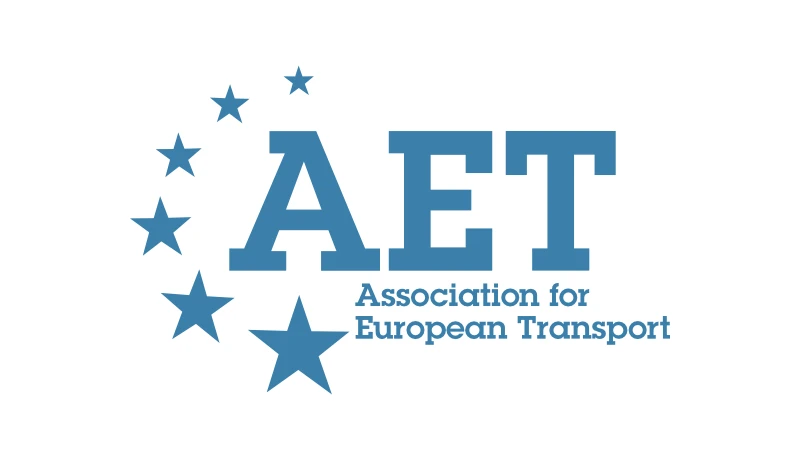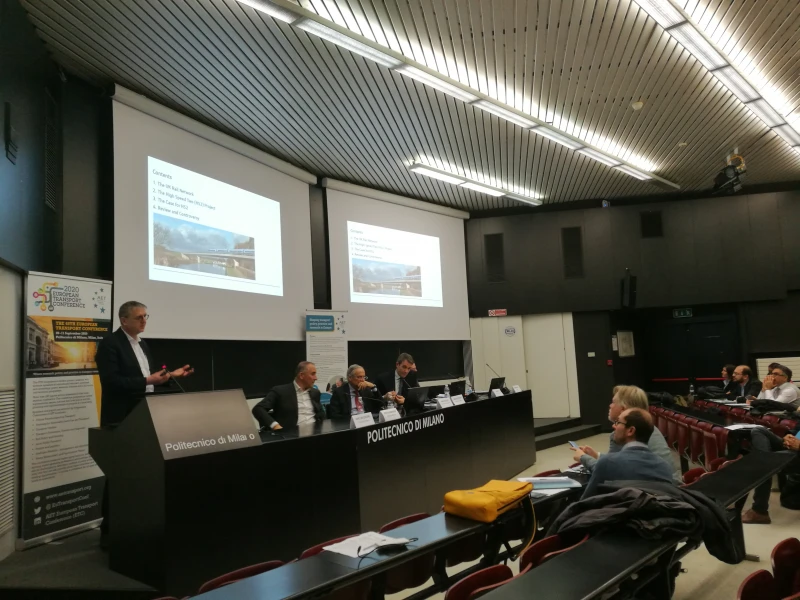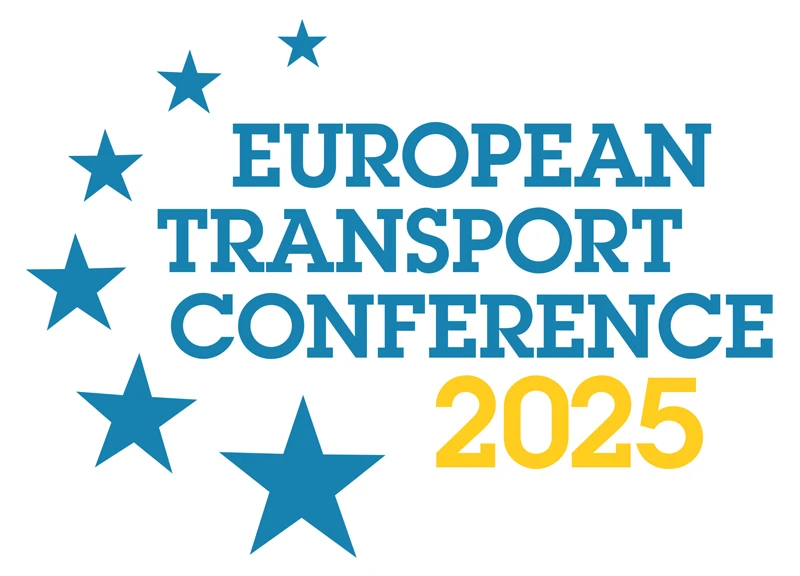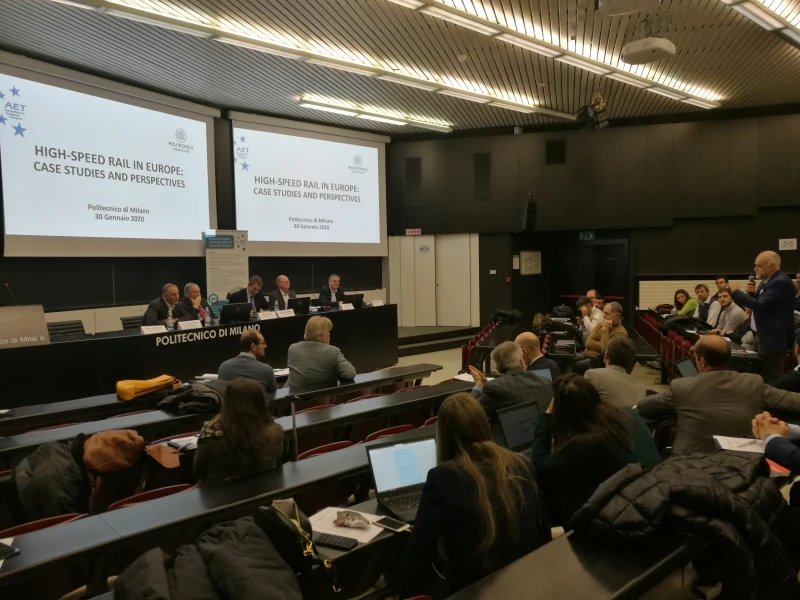-
Past ETC Papers
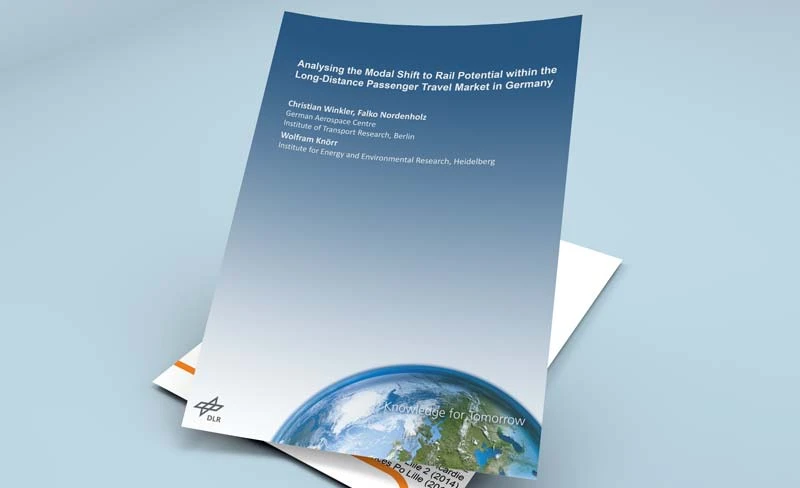
Browse, search and view papers from the past AET Conferences.
-
Members' Area

AET promotes networking and exchange of ideas, information and opportunities amongst members.
Conference Papers 2007
Noordwijkerhout, Netherlands
ETC Conference Papers 2007
A micro-model for logistics decisions in Norway and Sweden calibrated to aggregate data
Seminar
Day 2 (18 Oct 2007), Freight and Logistics, Freight Modelling I, 19:00 - 22:00
Status
Accepted, awaiting documents
Authors
G de Jong, Significance, NL and ITS University of Leeds, UK; M Ben-Akiva, MIT, US and Significance, NL; J Baak, Significance, NL
Short abstract
A previously specified model for logistics decisions, that operates at the level of individuel firm-to-firm flows, is worked out and calibrated to available aggregate data for Norway and Sweden
Abstract
At the ETC 2005, the specification of a logistics model, that is to become one of the components of the national freight transport model systems of Norway and Sweden, was presented. This model has since been implemented and will be calibrated to aggregate data in the first months of 2007. Actually there are two logistics models with the same structure, one for Norway and one for Sweden.
This logistics model is developed for the Work Group for transport analysis in the Norwegian national transport plan and the Samgods group in Sweden. The Swedish national freight model system (Samgods model) and its Norwegian counterpart (NEMO) are almost completely based on concepts and considerations that differ from logistics thinking. Both in Norway and Sweden a process to update and improve the existing national freight model system is going on. An important part of this is the development of the logistics model.
In 2005/2006, a prototype version of the logistics model was developed, that uses Swedish and Norwegian network and cost data and data on the locations of distribution centres. The parameters of this prototype were not calibrated to observed data. The purpose of this version was mainly to show the feasibility of the approach.
After having shown that the approach was feasible, a new and extended version of the logistics model has been specified and applied for both Norway and Sweden within the framework of their national freight transport forecasting systems. The Norwegian model takes as inputs commodity flows from production to consumption zone (that also include the wholesale function). The logistics model then disaggregates these flows to firm-to-firm flows. For Sweden the disaggregation to firm-to-firm flows is done as part of the base matrix calculation, outside the logistics model, and the logistics model takes these as given.
After this disaggregation, for both countries, the logistics decisions (shipment size, use of consolidation and distribution centres, mode and vehicle/vessel type and loading unit type choice) are simulated at this firm-to-firm level (micro-simulation).
The output of the model consists of flows between origins and destinations (OD-level), where consolidation and distribution centres (including ports, airports and railway terminals) are also treated as origins and destinations. Furthermore, the model can provide information on total logistics cost between zones, which can be used in trade or spatial interaction models.
Key features of the new version of the logistics model are:
· For Norway the model uses all firm-to-firm relations in simulation, for Sweden it is applied for a firm-to-firm relation within sub-cells defined by firm size classes and uses expansion factors to represent the total population.
· The transport chain generation program within the logistics model includes determining the optimal transfer locations within available transport chains for all modes.
· In the determination of shipment size we include the effect of economies of scale in transport (a force leading to larger shipment sizes, because these have lower transport cost).
· The degree of consolidation (or the load factor of the vehicles) between consolidation centres and distribution centres is determined in an iterative procedure which starts with an assumed average load factor, but in a subsequent iteration includes information on the availability of other cargo (based on the available transport chains and port statistics), and in an even further iteration uses the flows between consolidation centres predicted in the previous model iteration.
Estimation of a random utility-based logistics model on disaggregate data (partly available, partly still to be collected) is foreseen for future years for both countries.
The basic mechanism in the model is minimisation of a deterministic total annual logistics cost function. We have developed a procedure to calibrate parameters in the cost function to available aggregate data. A number of calibration parameters (e.g. for implied discount rates, mode-specific constants, constant for direct transport) is added to the cost function. We use observed OD data by mode, commodity type for aggregate zones (10x10 zones for a country) as calibration data. The calibration parameter values are then determined in an iterative process using the Box-Complex procedure. This method belongs to the class of direct search methods, that do not require derivative methods (unlike gradient search), which is convenient given our highly nonlinear logistics cost function (which is a step function).
The paper will include the structure of the model, highlighting the features added after 2005, explain the calibration procedure and present calibration results.
Documents:
No documents yet.
Association For
European Transport
Forester House
Doctors Lane
Henley-in-Arden
Warwickshire, UK
B95 5AW
+44 (0) 15 64 793552
VAT number: 710 1866 64
Conference Supporters & Endorsers




Legal Entity
The Association for European Transport is registered as an Association ('vereniging') with the Chamber of Commerce for Haaglanden in The Netherlands under company number 27170096.
Built on Zenario

